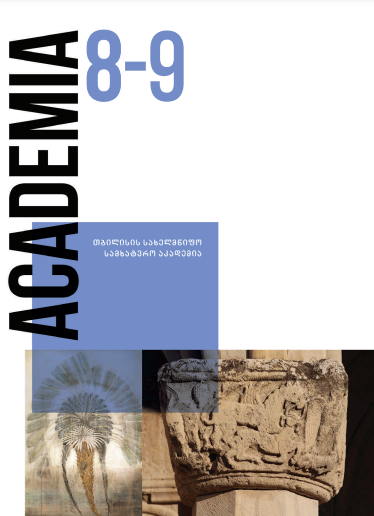Gottfried Boehm’s Hermeneutical Inspiration and Modernist Portraits
Main Article Content
Abstract
The article examines the hermeneutic vision of the Swiss philosopher and art historian Gottfried Boehm in the study of art and discusses the main methodological postulates set forth in his book "Portrait and Individual", the aesthetics of reception. During analyzing of portraiture, Gottfried Boehm says that the so-called sovereign, "independent" portrait originates from Renaissance and represents the features and categories characteristic to this type of painting. Perceptual psychology, as well as the psychological or historical and social state of the visitor, restoration of cultural, historic, and social context of the work of art are especially important when characterizing these categories.
This so-called "independent" portrait emerges on the example of Georgian painting in the modern era. The article discusses examples of Georgian modernist portraits (mainly self-portraits of Elene Akhvlediani), and provides the analysis of their perception based on G. Boehm’s method. As a result, it shows that individuality of reflection and individuality of the image (nature) in the portrait are interdependent and created by each other. The means of individual reflection and the individuality of nature are often intertwined.
